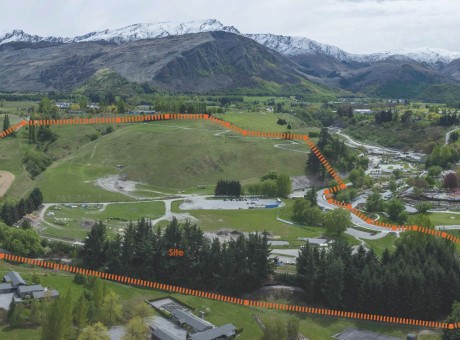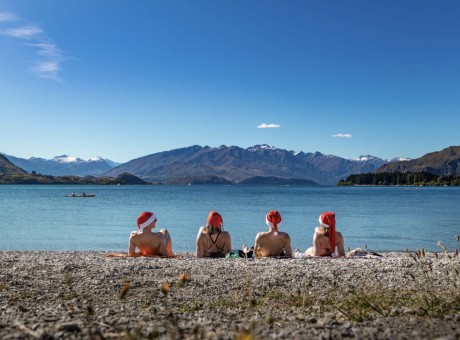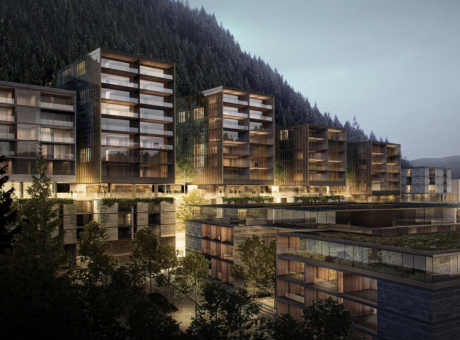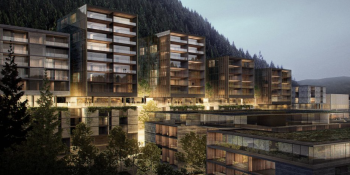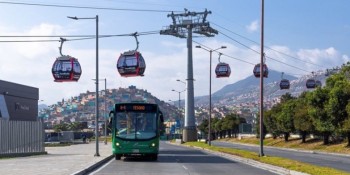Public use in doubt as Sticky Forest's ownership decided
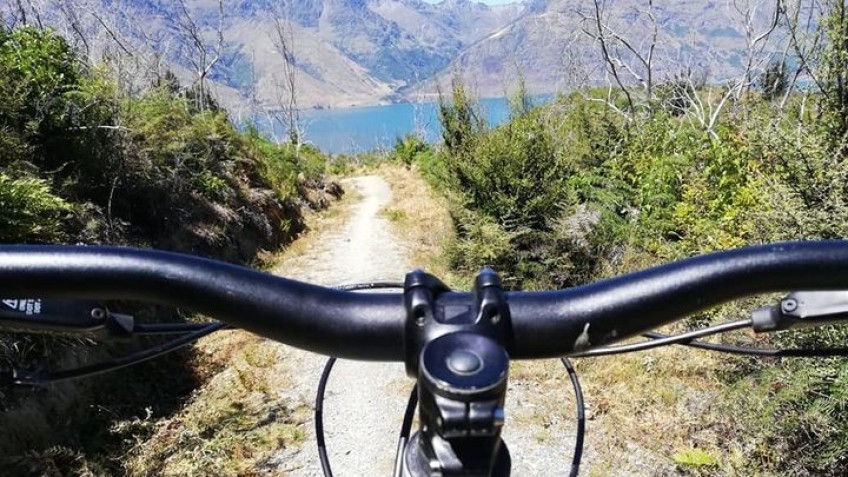
Who will take the next steps to map out a future for Wānaka’s Sticky Forest is set to be decided as a government agency manages a voting process to form a representative body of the landowners.
The land in question is approximately 50 hectares of exotic pine forest to the north of the town, crisscrossed by more than 30 kilometeres of walking and biking trails maintained by the local biking community.
It is currently being held by the Crown, waiting for transfer to its new owners - the descendants of 50 original beneficiaries of a Ngāi Tahu land settlement.
The plan is for these descendants to vote to select individuals to represent them to discuss the land’s future.
According to a working list of names compiled by the Maori Land Court, there are just shy of 2,000 potential owners of the block.
The Office for Māori Crown Relations (Te Arawhiti) says the landowners have until the end of the month to ensure their contact details are up to date so they will be included in the voting process.
The voting process is slated to begin in August.
In a statement, Lil Anderson, of the Office for Māori Crown Relations, explains the elected representatives will then be the go-to group for the Crown to work with moving forward.
“Without representation, the Crown can’t enter a discussion with the successors about the issues concerning the Wānaka land.”
Once elected, the group will also be eligible for funding from the office to get advice as they explore options for what to do with the land.
Plenty of Wānaka locals perceive the land to be public reserve, and its popular use for biking, walking and running reinforces that.
However, in an information pack provided to media in the run-up to voting, the Office for Māori Crown Relations reminds people the block is being held by the Crown and after its transfer the successors will own the land as private land.
“At this time, while the land is held by the Crown, public use has not been prohibited. But public use is not a legal right,” it says.
“The future owners use of the land will be subject to the District Plan, including the zoning of the land, and any other overlays on the land under the District Plan.”
For now, the area is not zoned for residential development, but at least one landowner has given it a crack.
In 2017 the late Mike Beresford sought to have 20 hectares of the forest rezoned to allow houses to be built on it.
However Mr Beresford was acting as an individual and not as a representative of the group, and his bid was rejected by the Queenstown Lakes District.
He subsequently lodged an appeal with the Environment Court, and that process is still playing out.
The Sticky Forest land is a substitute block negotiated when Ngāi Tahu settled with the Crown in the late 1990s.
The land orginally promised in the 1800s, when it was acknowledged the soutthern tribe had been left landless and unable to sustain themselves, was up at The Neck, in between Lakes Hāwea and Wānaka.
This land was assigned to 50 individuals – mainly residents of Kaikoura and Kaiapoi – and legislated for in the South Island Landless Natives Act 1906 (SILNA).
However, SILNA was repealed in 1909 before the land was transferred.
The Sticky Forest deal in the 1990s sought to redress this.
Are you a Sticky Forest land owner or is there the possibility you are a landowner after having had a family member pass away? Forms to update contact details or to apply for succession to the land can be found on the Māori Land Court webpage under the ‘SILNA’ section, along with the current list of Hāwea/Wānaka SILNA successors identified by the court.
Main image (Facebook): Popular biking trails crisscross the Sticky Forest block.
Read more: Sticky Forest mediation off the table






